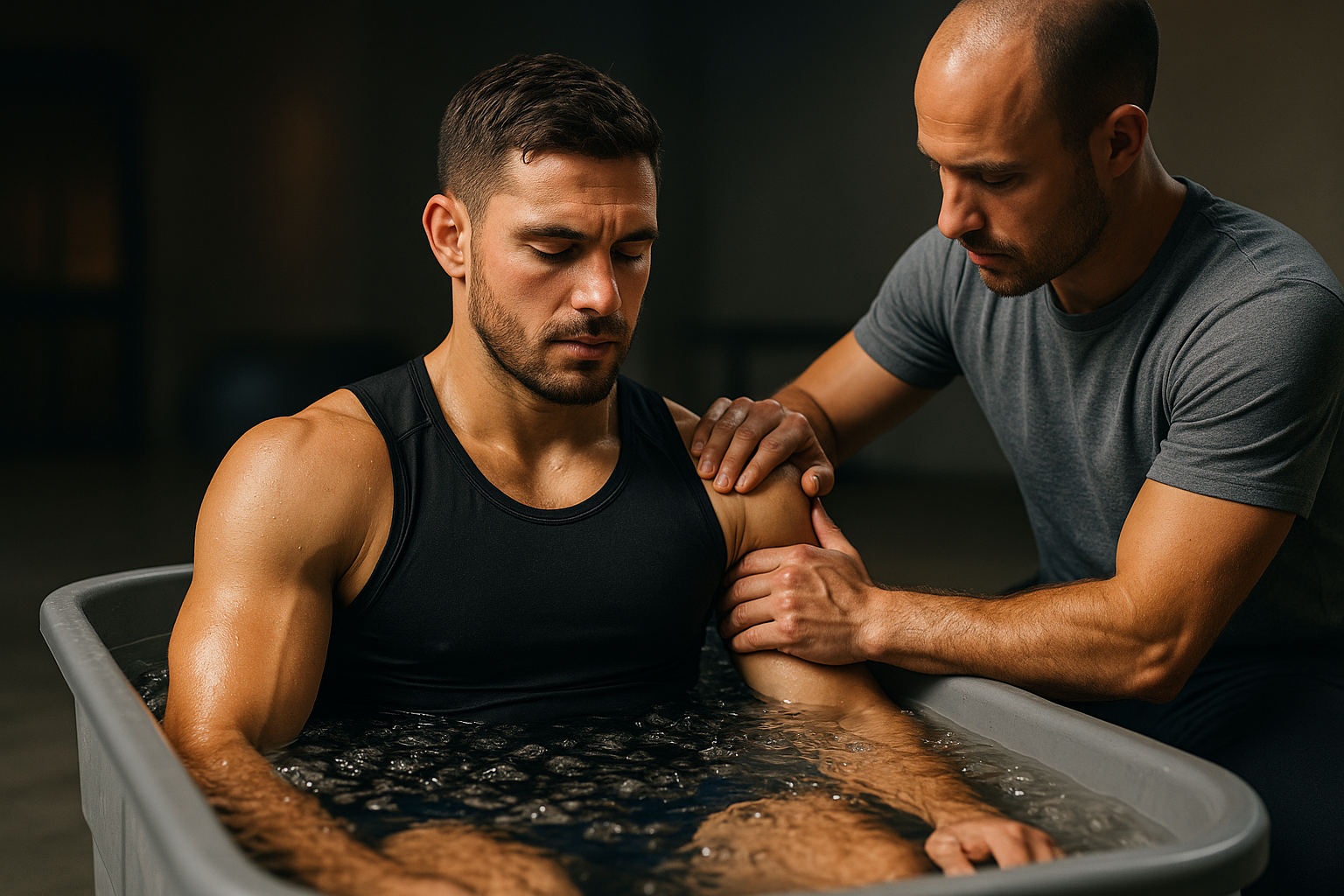Injury Prevention and Recovery: Advances in Athlete Conditioning
This article outlines recent approaches to injury prevention and recovery in athlete conditioning, covering analytics, training methods, nutrition, coaching and community programs. It summarizes how technology, infrastructure and governance shape safer preparation and return-to-play strategies for athletes at all levels.

Injury prevention and recovery have evolved from simple rest-and-rehab models into integrated conditioning systems that connect training, nutrition, monitoring and community supports. Modern approaches blend data-driven analytics with individualized training plans and coordinated coaching to reduce injury risk and speed recovery while preserving long-term performance. This article is for informational purposes only and should not be considered medical advice. Please consult a qualified healthcare professional for personalized guidance and treatment.
How are analytics reshaping athlete conditioning?
Sports analytics now underpin many decisions about load management, movement screening and performance monitoring for individual athletes. Wearable sensors, GPS tracking and force-plate assessments generate data that help practitioners quantify training stress, identify asymmetries and flag early signs of overload. When combined with video analysis and historical injury records, analytics create personalized thresholds used by conditioning staff and coaching teams to adjust training intensity. For community programs and local services, simplified analytics tools help youth and grassroots coaches apply the same principles at appropriate scales.
What training methods improve recovery and conditioning?
Contemporary training emphasizes periodization, progressive loading and cross-modal work to balance conditioning and recovery. Strength and mobility routines are paired with sport-specific drills and deliberate recovery modalities such as active recovery, sleep optimization and phased return-to-play protocols. Conditioning plans integrate neuromuscular training to reduce common injury patterns, while coaches use objective markers—heart-rate variability, perceived exertion, and power output—to guide session intensity. These methods aim to maintain performance while lowering injury incidence across athlete populations.
How do coaching and scouting support youth and grassroots development?
Coaching quality and scouting systems influence long-term athlete health by identifying appropriate training loads and matching development pathways. At the youth and grassroots level, coach education focuses on movement quality, gradual progression and age-appropriate conditioning. Scouting and talent development programs that prioritize physical literacy help reduce early specialization risks that can lead to overuse injuries. Effective local services often include workshops for parents and community clubs, aligning coaching practices with broader player welfare and sustainable athlete development.
How does infrastructure and broadcasting affect athlete performance?
Facility infrastructure—from playing surfaces to recovery centers—directly affects injury risk and rehabilitation outcomes. Investments in safe turf, well-maintained gyms and onsite recovery resources improve conditioning outcomes. Meanwhile, broadcasting and fanbase attention can shape scheduling and travel demands that indirectly influence athlete load and recovery time. For example, dense broadcasting schedules increase travel and compression of training cycles; governance and event organizers need to consider these factors when planning competitions to protect athletes’ long-term performance.
What roles do governance, sustainability and sponsorship play?
Governance frameworks set the rules for athlete workload, medical oversight and officiating standards that safeguard health. Policies on mandatory rest periods, concussion protocols and anti-doping intersect with conditioning practices to create consistent safety baselines. Sustainability and sponsorship choices also matter: sponsors can fund infrastructure and research into recovery technologies, while sustainable event planning reduces travel fatigue. Unified governance helps ensure resources are distributed fairly, so conditioning and medical supports reach both elite and community levels.
How are nutrition, recovery and community services integrated?
Nutrition and targeted rehabilitation are central to modern recovery plans. Sports dietitians work with coaching and medical teams to tailor macronutrient timing, supplementation where appropriate, and hydration strategies that support tissue repair and performance. Rehabilitation combines physiotherapy, progressive loading and sport-specific retraining to restore skills safely. Local services, such as community clinics and school-based programs, expand access to basic rehabilitation and conditioning education, helping athletes transition from injury back to play without undue risk.
Conclusion
Advances in conditioning combine interdisciplinary tools—analytics, coaching, infrastructure, nutrition and governance—to reduce injuries and support sustainable recovery pathways. Applying these practices across youth, grassroots and elite settings requires coordination among practitioners, clear policies and appropriately scaled technologies. When implemented thoughtfully, integrated conditioning strategies improve athlete resilience and contribute to longer, healthier sports participation without compromising performance.





